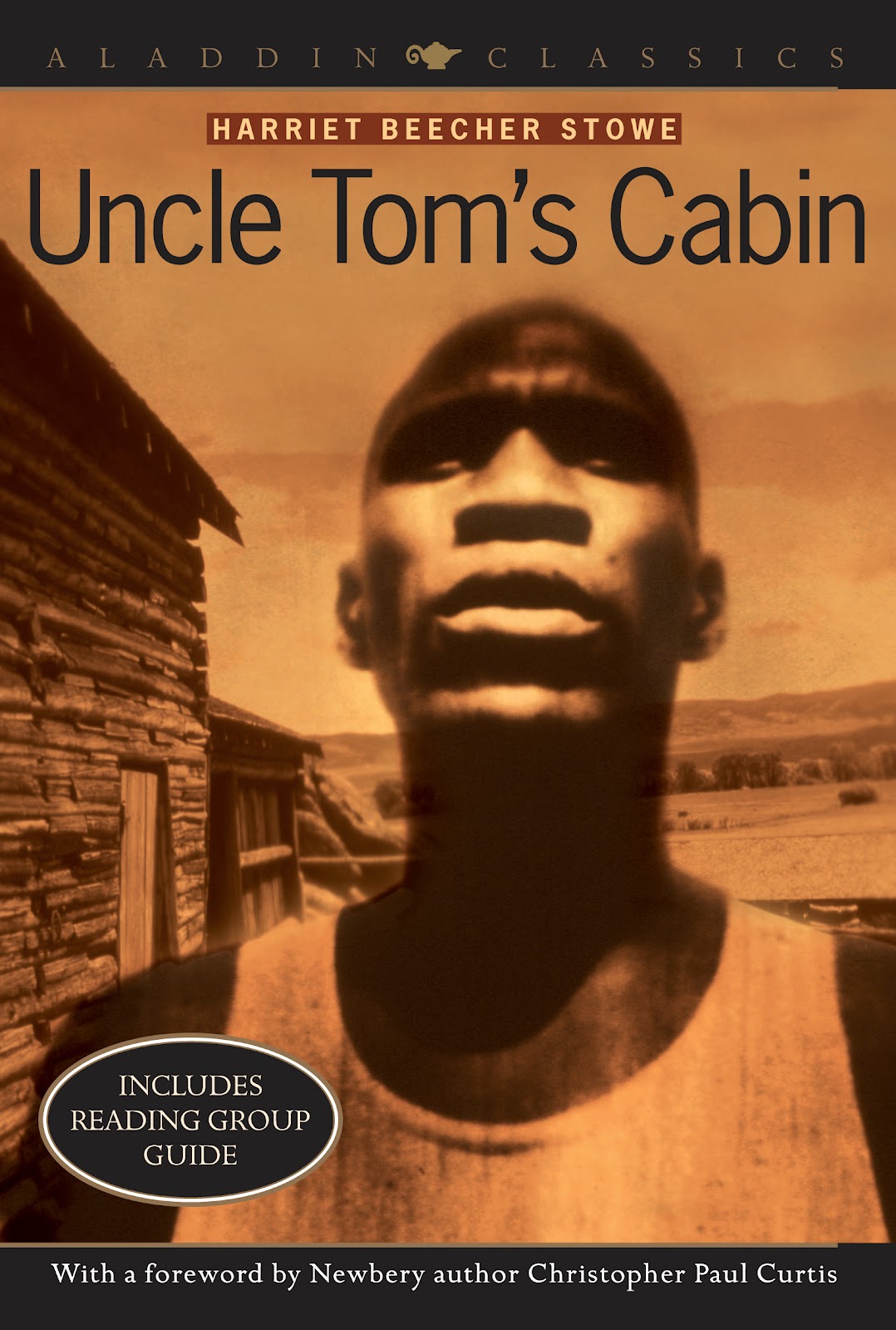Review by Bill Doughty––
Just three lifetimes ago in America, black people throughout the South were kept in chains. And, according to the law throughout the states, women of all ethnicities were considered the property of men.
A controversial bill put forth in the New York State legislature in 1841 was the Married Women’s Property Act.
“Under American law, when a woman married, she turned over to her husband any money, land, or goods she had inherited. The proposed bill, if passed, would grant married women the right to their own property, and it would have a stunning ramification: women who owned property would pay taxes; if they paid taxes, they deserved the right to representation –– and thus the right to representation –– and thus to vote. As one legislator said, the measure raised ‘the whole question of woman’s proper place in society, in the family and everywhere.’”
In “The Agitators: Three Friends Who Fought for Abolition and Women’s Rights” (Scribner, 2021), author Dorothy Wickenden takes readers back to the 1800s to meet brave women: Martha Coffin Wright, Harriet Tubman, and Frances A. Seward, united by their abhorrence to slavery and desire for equality for all. "Martha and Frances became Harriet's collaborators and two of her most devoted friends."
Wright and Tubman worked together on the Underground Railroad, helping escaped slaves from the South find freedom in the North, often having to go as far as Canada to avoid recapture. Frances Seward worked behind the scenes to support abolitionists and women’s rights groups. She was the wife of William Henry Seward, who served as governor of New York and later as Secretary of State under President Abraham Lincoln, and Frances played an important role in pushing for the Emancipation Proclamation. She was an early proponent of equal pay for women, and she provided financial support so Harriet could continue humanitarian work.
The story told by Wickenden is not just the friendship and work of three women, but also the wide network of women and men that included Frederick Douglass, Lucretia Mott, John Brown, Elizabeth Cady Stanton, Charles Sumner, Ernestine Rose, William Lloyd Garrison, Susan B. Anthony, and Lucy Stone –– all connected and, though not always united in their priorities and beliefs, totally committed to the cause of freedom.
It's a story of perseverance.
 |
| Dorothy Wickenden |
“Sumner was a six-foot-two, barrel-chested bachelor with blue eyes and wavy brown hair that resisted the taming influence of a brush. He antagonized enemies and sometimes friends, with his vanity and sanctimony … Seward advised him to tone down his speech but Sumner did not follow Seward’s advice.”
Sumner suffered a horrific physical beating in Congress by Representative Preston Brooks, a pro-slavery Democrat from South Carolina. Sumner was scarred for life. Like most of the characters in this book, he had a complicated relationship with others, including his close friends, the Sewards.
Harriet Tubman, despite being unable to read or write, and in the face of her own debilitating scars, demonstrated tireless courage and commitment to freeing enslaved people, including going into battle after the start of the Civil War. We featured "General Moses" Tubman several times on this blog, including revealing how she served as a sailor and nurse for the Union in the Battle of Port Royal and other occasions. [See former Gen. Stanley McChrystal’s tribute to Tubman, featured on Navy Reads three years ago.]
 |
| Frances Seward reads in her garden. |
Although her husband was defeated by Lincoln for the Republican nomination for president, Frances was secretly pleased to not become First Lady, content in her role fighting for abolition and women’s equality, and satisfied to support her husband as Secretary of State during time of war. For his part, on a “team of rivals” that included Secretary of the Navy Gideon Welles, Henry pledged allegiance to Lincoln, using maritime imagery: “I have brought the ship off the sands, and am ready to resign the helm into the hands of the captain whom the people have chosen.”
Seward’s strategic diplomacy kept the British neutral during the war, despite the Confederacy’s efforts to get foreign support for their Lost Cause. Seward successfully argued for a naval siege of southern ports. And he was the only other signer of President Lincoln’s Emancipation Proclamation.
The Seward’s son William “Willy” Seward served at the Battle of Gettysburg, where his infantry battery played a key role in turning the tide against General Robert E. Lee’s forces. He also led with distinction at the Battle of Moncacy, smaller than Gettysburg but also vital. That battle stopped the Confederates under General Jubal Early as the Rebels marched to take over the capital and Capitol prior to Lincoln’s reelection. The Confederates were set on “seizing the U.S. Treasury and White House, perhaps taking President Lincoln and his cabinet as prisoners of war.”
 |
| Martha C. Wright |
Wright, who had first married just before her eighteenth birthday, “compensated for her abbreviated education by borrowing books from Frances’s [Seward’s] library. She read Mary Wollstonecraft’s “A Vindication of the Rights of Woman,” written in 1792 –– a book which was a bible for the early women’s equality movement. [See Navy Reads review, March 2020, of Wollstonecraft’s iconic work.] Wright also read Sir Walter Scott’s “Kenilworth,” Pope’s “Essays on Man,” and Edward Bulwer-Lytton’s “Last of the Barons.”
The leaders in the abolitionist movement were inspired by another book, Harriet Beecher Stowe’s “Uncle Tom’s Cabin,” described by Wickenden as “a novel not distinguished by subtlety or fine writing, but it was a powerful polemic at a moment of national reckoning.” Naturally, the book was banned by rightwing media and panned in the South. But Stowe’s influential book, along with the Missouri Compromise, helped ignite a powder keg of anti-slavery and pro-slavery violence in Lawrence, Kansas, triggering violent riots, lynchings, and massacres in the states, directly leading to war.
Wickenden describes draft riots in response the America’s first conscription to fill the military’s ranks. Riots originated among poor Irish and German immigrants who did not want to fight in a war to free black men who could then come north and take their jobs.
The families of all three principals in this book –– Martha Wright, Harriet Tubman, and Frances Seward –– were deeply affected by the Civil War, losing family members or experiencing life-altering injuries to relatives. Today, all three women are buried near each other in Fort Hill Cemetery, high above Auburn, New York.
Today, Frances and Henry Seward are remembered at the Seward House Museum, where their collection of more than 5,000 books are on display. Martha is honored, along with her sister Lucretia Mott, at the Visitor’s Center at Seneca Falls. Harriet Tubman is beloved and remembered at the National Park Service’s Harriet Tubman National Historical Park. Her image will reportedly be featured on the $20 bill in 2030, replacing that of Andrew Jackson.
 |
| (courtesy Treasury Dept.) |
“Rev. Junius Hatch tried to win over the convention with a metaphor about female loveliness. Women should show a ‘shrinking delicacy, which, like the modest violet, hid itself until sought’ –– the same quality that led them to wear long skirts, instead of imitating the sunflower, which lifted its head, ‘seeming to say, come and admire me.’” He was shouted down by the audience who told him to “Sit down! Sit down! Shut up!
Women found their voice just a decade before the Civil War, but it would be another lifetime till they won the right to vote throughout the United States in the 19th Amendment, ratified by Congress in 1920.
“The Agitators” is another great selection for Women’s History Month.
By the way, New York's Married Women’s Property Act, mentioned at the beginning of this post, wasn't passed till 1848, but, once passed, it became the template for other states to follow. And to do the right thing.




No comments:
Post a Comment